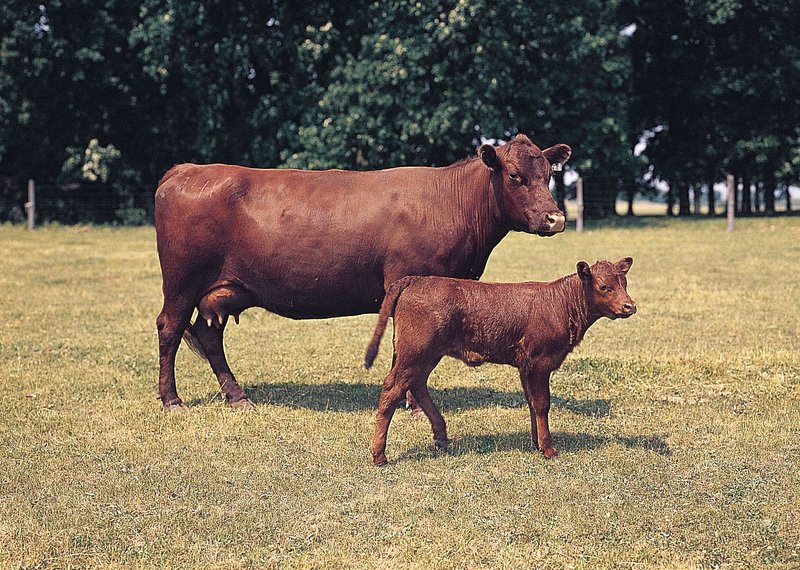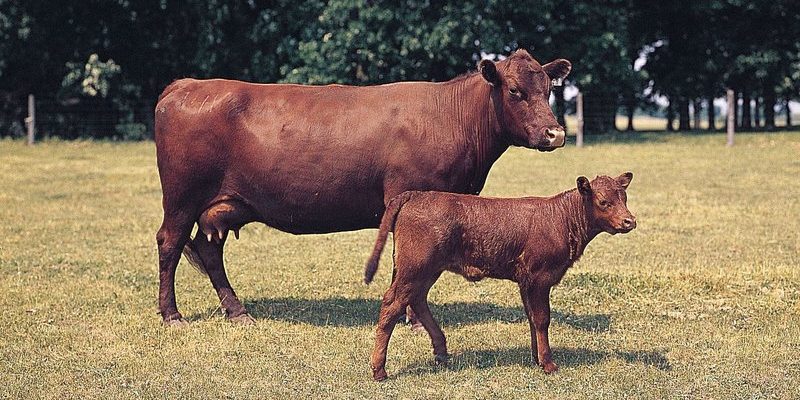
Most people might not realize that saltwater crocodiles have some unique traits when it comes to reproduction. It’s not just a simple act of pairing off. There’s a lot of preparation and energy involved. From courtship displays to nesting and nurturing hatchlings, saltwater crocodiles have developed remarkable methods to ensure their offspring survive in the wild.
The Mating Season
Saltwater crocodiles have a specific breeding season, typically occurring during the warmer months—this is when they’re most likely to be found courting. Mating generally takes place from September to December, depending on the region. During this time, male crocodiles become quite vocal, using a series of deep bellows and growls to attract females.
Here’s the thing: these vocalizations not only signal a male’s readiness to mate but also help establish dominance over other males. The louder and more persistent a male’s calls are, the more appealing he becomes to potential mates. You can think of it as a croc’s version of a love song!
After attracting a female, the male croc may engage in a variety of courtship rituals. These can include swimming side-by-side, nudging, and even some playful splashing. This display of affection is essential, as it strengthens the bond between the pair before they mate.
How Mating Happens
Once a female has chosen her mate, the actual act of mating can be quite intense. The male will grasp the female by her neck or the back of her head and pull her close, which can look rough but is part of the process. After a successful mating session, the female will begin to prepare for nesting.
It’s interesting to note that saltwater crocodiles are not monogamous. A female might mate with several males during a breeding season, which can lead to a diverse genetic pool for her hatchlings. This genetic diversity is crucial for the population’s health and resilience.
Nesting Habits
After mating, the female saltwater crocodile will find a suitable place to lay her eggs. This usually involves searching for riverbanks or beach areas where she can dig a nest. She’ll use her powerful tail to create a nest mound from sand and vegetation, which provides some warmth and protection for the eggs.
Let me explain why this is so important: the temperature of the nest can determine the sex of the hatchlings. Warmer nests tend to produce more males, while cooler ones produce females. This temperature-dependent sex determination is a fascinating aspect of their reproductive behavior.
Typically, a female will lay between 20 to 60 eggs, which she then covers with mud and sand to shield them from predators. Interestingly, the female crocodile becomes incredibly protective during this time, fiercely guarding her nest from threats. You might even think of her as a fierce mama bear in croc form!
The Incubation Period
Once the eggs are laid, the female remains close by, monitoring the nest for around 80 to 90 days as the eggs incubate. This period requires her to be on high alert, ensuring no other animals disturb her precious eggs.
As the hatching time approaches, the eggs start to produce sounds, signaling their readiness to break free. The female is attuned to these sounds and will help the hatchlings out of their shells by carefully digging them out.
Hatching and Early Care
When the hatchlings finally emerge, they are about 12 inches long and vulnerable to many predators right from the start. This is where the female’s protective role is vital. She’ll gently carry them to the water in her mouth, providing a safe passage to their new aquatic home.
Once in the water, the young crocs often stay close to their mother, who continues to watch over them. This period of care can last for several months, during which she provides guidance on hunting techniques and teaches them how to navigate their environment.
Honestly, this maternal care significantly increases the chances of survival for the hatchlings, as many young crocodiles fall prey to larger predators. By staying together, they can benefit from the protection of their mother while learning valuable survival skills.
The Importance of Maternal Care
Maternal care in saltwater crocodiles highlights the incredible adaptability of these reptiles. Unlike some other reptiles that leave their eggs to fend for themselves, saltwater crocodiles take an active role in ensuring their young have a fighting chance in a challenging world.
From the nesting phase to the nurturing of hatchlings, saltwater crocodiles showcase a level of dedication that might surprise many. Their instinctual behaviors are not just about survival; they reflect a deep bond that forms between mothers and their offspring.
Challenges and Threats
Despite their impressive parenting strategies, saltwater crocodiles face numerous challenges in their environments. Habitat loss due to human activity, pollution, and climate change all threaten their breeding and nesting sites. This means that both adult and young crocodiles are at risk.
Additionally, the illegal hunting of crocodiles for their skins poses a significant threat to their populations, disrupting their natural breeding cycles. Conservation efforts are crucial to protect these magnificent creatures and maintain their habitats.
As a community, we can learn a great deal from these reptiles. Their life cycle emphasizes the importance of nurturing the next generation and highlights the impact of external factors on reproductive success.
How Conservation Efforts Help
Various organizations are working to protect saltwater crocodiles by creating sanctuaries and promoting awareness of their ecological importance. Protecting their habitats ensures that they can continue to reproduce and thrive in the wild.
By understanding their breeding and reproductive behaviors, we can appreciate the role saltwater crocodiles play in their ecosystems. Supporting conservation initiatives not only helps protect these incredible reptiles but also preserves the delicate balance of their environments.
The breeding and reproductive behavior of saltwater crocodiles is a captivating aspect of their life cycle. From the vocal courtship displays to the careful nurturing of hatchlings, these creatures demonstrate remarkable instincts that enable them to survive in a challenging world.
By learning more about these behaviors, we can appreciate their role in the ecosystem and the importance of conservation efforts. Protecting their habitats means preserving the future generations of these fascinating reptiles. Understanding the journey of a saltwater crocodile from courtship to parenthood is a reminder of nature’s intricate design and the importance of nurturing life. So next time you think about crocodiles, remember the remarkable parenting skills hiding beneath those scaly exteriors!

